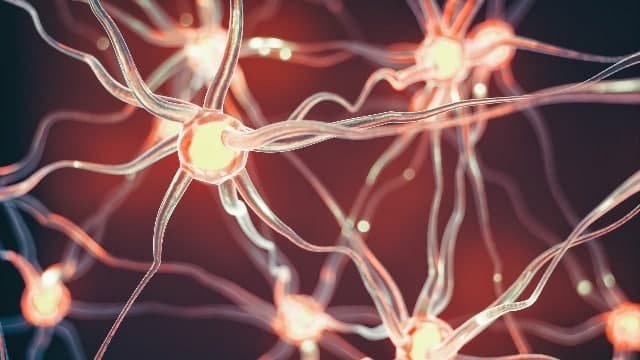Artificial Neuron Developed
The human brain is quite amazing. Despite just eating the equivalent of two bananas every day, it manages to complete unfathomably complicated jobs with remarkable efficiency.
According to a new study published in the journal Science, a group of researchers has devised a method for creating a prototype of an artificial neuron consisting of incredibly thin graphene slits containing a single layer of water molecules. This artificial neuron also employs ions instead of electrons. Your brain is the same way.
What is a Neuron in Brain?
The brain’s ultra-high efficiency is dependent on a basic unit known as the neuron, which is made up of nanometric pores known as ion channels. These channels alternately close and open in response to stimuli, but the ensuing ion fluxes generate an electric current, which emits action potentials, which are the essential signals that allow neurons to communicate with one another.
What’s the Challenge to AI?
Artificial intelligence (AI) is capable of doing so as well. However, AI necessitates a significant amount of energy – tens of thousands of times more, to be precise. As a result, the current challenge for academics in the field is to design and create electrical systems that can compete with the human brain’s efficiency.
Nanofluidics is interesting because it investigates how fluids behave in channels that are fewer than 100 nanometers wide. The new research demonstrated how an electric field may organise a single layer of water molecules into elongated clusters, resulting in the memristor effect: When a fraction of the stimuli received recently is retained by clusters.
The researcher’s design included graphene slits that replicated ion channels, ion fluxes, and clusters, much like the human brain. Scientists also developed a way to build these particular clusters such that they could mimic the physical mechanism of emitting action potentials using digital and theoretical technologies.

French Team in Action
To put it another way, the ability to send data from one artificial neuron to another. This groundbreaking research is being carried out by a French team in collaboration with experts from the University of Manchester in the United Kingdom. The next step is to demonstrate that these innovative systems can perform fundamental learning algorithms, which could pave the way for artificial neurons to provide electric memory recall.
What’s Next?
The next step is to prove that these innovative systems can perform basic learning algorithms, which could pave the way for artificial neurons to provide electric memory recall. The goal of recreating human brain activity has obvious implications for improving neural functions. For example, Elon Musk’s Neuralink intends to implant computer chips in the brain and usher in a new era of “super-human cognition,” in which the ethereal computational power of machine-learning analytics is merged with the human mind’s (as of yet) unequaled creative intuition.
Neuralink in Benefit?
And, if brain implants like Musk’s Neuralink enable or augment common smartphone operations, this data might be checked for signals of possible criminal digital activity using tools that are readily deceived into reporting you for very stigmatising crimes.

1 Comment
Pingback: Why do we forget things?- Tells A Theory - Craffic